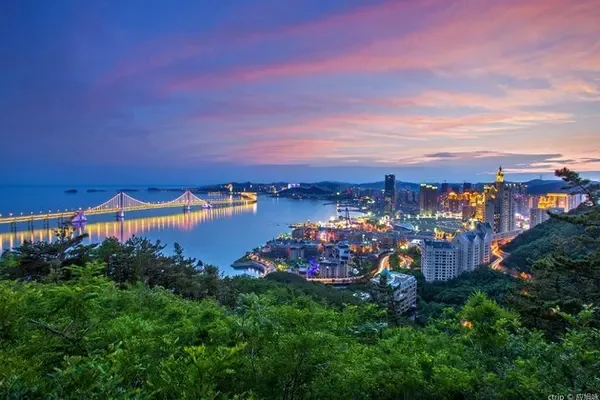introduce
Erlang Mountain on the outskirts of Shenmu County, Yulin City, is also known as "Tuofeng Mountain" because of two protrusions in the middle of the mountain, which are shaped like camels. The shape of this mountain is quite similar to a pen holder on a desk, so it is also named "Bijia Mountain". The road in Erlang Mountain is not complicated. After entering the gate of the scenic spot, just walk along the tourist trail.
There are many temples in Erlang Mountain. There are many temples in the scenic area, such as Dizang Cave, Baxian Cave, Haoran Pavilion Grottoes, Erlang Temple, Notre Dame Hall, Inverted Avalokitesvara Hall, Sanjiao Hall, and Shanshen Temple. Each temple is built according to the mountain situation. The architectural styles have their own characteristics. Erlang Mountain is relatively rare.

The Erlang Temple Group was built in the 8th year of Ming Zhengtong (1443), and has a history of nearly 600 years. The temple sits north and faces south, and is a courtyard-style building. It is composed of the main hall, ear rooms, East and West halls, gates, bell and drum towers, etc. The main hall has three beams with a front porch, a hard mountain top, and the east and west walls are decorated with the traditional meticulous painting "Anecdote of Clouds and Clouds" painted in the fifteenth year of Daoguang in the Qing Dynasty (1835). There are 14 small "landscape pictures" of state affairs on the front wall. Outside the gate is the Ming Dynasty brick screen wall, the wall core minus the ground bas-relief, the front is engraved with "Tiger Roaring Picture", and the back is engraved with "Nine Dragons Playing in the Water". The carvings are exquisite and lifelike.
The Notre Dame Hall built on the natural mountain and stone platform was first built in the Qing Dynasty. The stone archway in front of the hall was built in the first year of Ming Chongzhen (1628). The stone brackets under the eaves are carved, the forehead is embossed with two dragons playing with pearls, and the front forehead is inscribed: "Bixia Palace", engraved on the north "Holy Mother Yuanjun". Behind the hall is the temple of the gods built in the Ming Dynasty.
The Daozuo Guanyin Hall was first built in the Ming Dynasty and was later destroyed in the war. It was restored in the 16th year of Emperor Kangxi of the Qing Dynasty; the Sanjiao Hall in the mountain was first built in the Jiajing period of the Ming Dynasty (1522-1566), and it was rebuilt in the 23rd year of the civil society (1935). The larger temples on the mountain have Ming Dynasty painted murals on the east and west walls of the hall. The east wall is "East Mountain Panorama" and the west wall is "West Mountain Panorama". Behind the Erlang Mountain ridge.
opening hours
Year-round (winter time) 08:00-17:30; year-round (summer time) 08:00-18:00; the specific business status is subject to the opening of the day
